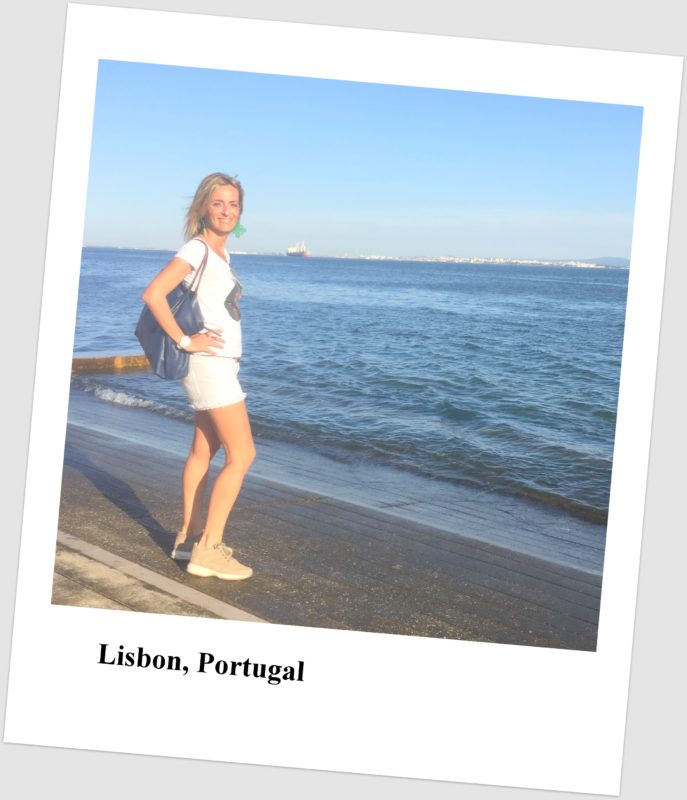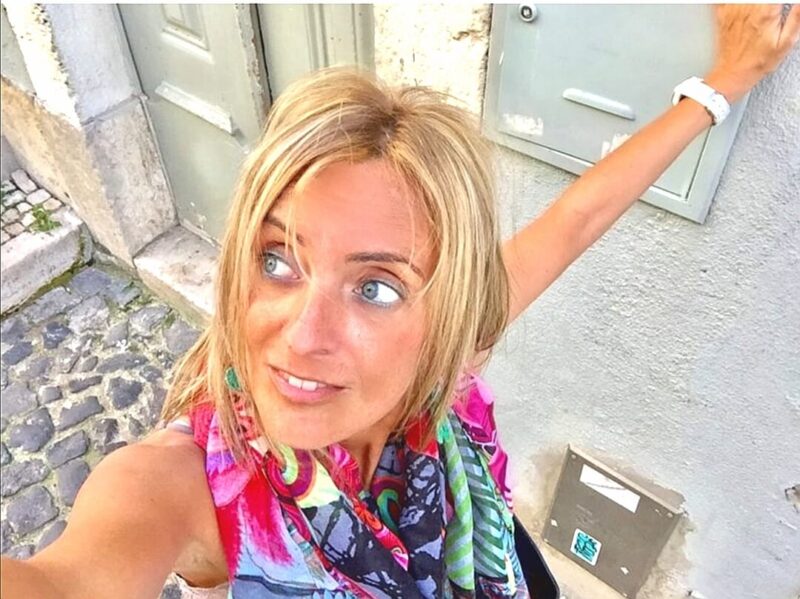“Todo es possible, se lo queremos”
Anonimus
Algarve, the beauty in Southern Portugal
Algarve is located in the South of Portugal, bordered on the North by the Alentejo Region, on the East by the Spanish region of Andalusia, and on the Southern and Western areas by the Atlantic Ocean. Algarve is spread over 5,000 km 2 and is home to about 440,000 inhabitants, which accounts for 4.3% of the Portuguese Population.
Algarve is world-wide recognised as a holiday destination, and tourism is very important for its economy together with retail , wholesale, and construction. Algarve attracts millions of visitors every year not only for its white sand , warm waters and its exciting movida, but also for its culture, nature, friendly people, and some of the world’s finest winee and food! Come with me to explore the best of Algarve!
Algarve, a land full of history
The Algarve has more than 3000 years of history. During different periods, people from the Mediterranean, such as the Phoenicians, Greeks, Carthaginians, Romans and Moors occupied the south coast of Portugal . But those from North Africa left the strongest influence. Centuries of Arab occupation are still visible in the local architecture and place names.
Indeed the name ‘Algarve’ comes from the Arabic word ‘Al-Gharb’, that means ‘the west’. Algarve was a Christian kingdom dominion in 1249, after which its many ports played a key role during the ‘Age of Discovery’ (15th – 18th century) under Henry the Navigator . Using caravels based on local fishing boats, Prince Henry opened routes that led to Africa and Asia.
Bringing in great wealth from trading spices, slaves and gold, Portugal acquired possessions around the globe, from Cape Verde to Macao, and from Mozambique to Brazil. In 1755 a Massive Earthquake destroyed many of the wealthy towns financed by these voyages, and the massive Tsunami afterwards caused several problems.
The best 7 events in Algarve
All the year long Algarve boasts various cultural events, many of which are known far beyond the country. All this invites travellers to come not only for a memorable pastime, but also for getting acquainted with the national culture. I’d like to list some of the most interesting ones:
- ‘Corridinho’: It’s the traditional dance of the Algarve , which is full of energy and danced in pairs. It speaks about the life of farmers and fishers. Nowadays, there are still folk groups in many villages. Also, ‘Corridinho’ belongs to the regular entertainment offered by hotels and festivals in the region;
- ‘FolkFaro’: The city’s big folk festival features lots of dance (with local and international folk groups), live music and street fests over eight days at various venues around town;
- ‘Carnival of Loulé’: The Algarve’s best-known carnival attracts thousands of people every year to the city of Loulé. The streets of Loulé are filled with the most spectacular face-masks warming up the cold winter days;
- ‘Motard Concentration of Faro’: It happens every year in the middle of July and draws many thousands of bike enthusiasts from all around the globe! The main activity is a parade that passes through the main streets of Faro, exhibiting all types of bikes, tattoos, and people;
- ‘Lagoa, the Sand City’: It’s a sand sculpture festival, which takes place in Lagoa, where artists from all around the world construct and expose their enormous and wonderful sculptures;
- ‘Holy/Easter Week’: Easter is one of the most important holidays for the Portuguese. As there are many devoted Catholics in the country, during the ‘Semana Santa’, visitors can see numerous religious processions .
Why is Algarve so special?
What’s the best thing in Algarve? People ! They are open-minded and friendly for foreigners, including the large immigrant community (especially from Ukraine, Romania and Brazil) and tourists.
Portuguese people love to talk, share knowledge and stories with people from different countries. A way of learning about the daily life and habits of the native people is to visit a fishing harbour, a market , or sitting on a terrace in the pedestrian areas of a town and observe local people in their environment.
Faro, the charming capital of Algarve
Faro is the capital of Algarve ( 65,000 inhabitants), which is located next to the ‘Ria Formosa Lagoon Nature Reserve’. It’s a place where visitors pass through ‘Faro Airport’ on their way to the various seaside resorts of the Atlantic Coast. But Faro justifies a closer look, at least a day of your holiday or a weekend break!
It’s really a destination blessed with rich cultural wealth . It has sandy beaches, eternal sunshine, delicious seafood, tippler’s bars, and historic architecture. Inside Faro, you will find well-tended gardens, lively plazas, and parks.
Located in the heart of the city , the labyrinthine streets of the Old Town are lined with museums, churches, cathedrals, cafés, and even an intriguing bone chapel. A further stroll will take you to ruins of beautiful architecture such as the ‘Milreu Roman Remains’. It’s definitely one of the most beautiful towns in the Algarve to explore
The history of Faro
The history od Faro is compelling. Originally thanks to its strategic location Faro, once known as ‘Ossonoba’, attracted settlers and traders as the Phoenicians and the Carthaginians , who helped to create trade routes across the area.
After Romans, and 500 years of Moorish Rule (XI century), Christians took over Faro. And under the new Christian Rulership, Faro was established as the capital of Algarve by King Afonso III of Portugal. Faro became a centre of culture and learning as a result.
Faro suffered more disaster in 1722 , when it is ravaged by an earthquake, and again in 1755. Parts of the historic area of Faro, particularly the City Centre, survived the disaster. This, of course, means that much of the area that surrounds it was built after 1755. In 1834, the city recovered completely and once again became the capital of the Algarve.
What to do in Faro in 2 days!
I arrived in Faro by bus from Seville , where it was too hot for spending all my summer vacation in July! At first sight, Faro didn’t have the wow factor unlike the other popular European cities. But it has its ways to charm and captivate your heart!
A sudden rainy day breaks the spell of my first visit Faro , and I was really petrified! But despite the bad weather, I went on with my trip . Here below my top tips for enjoying in Faro in 2 days!
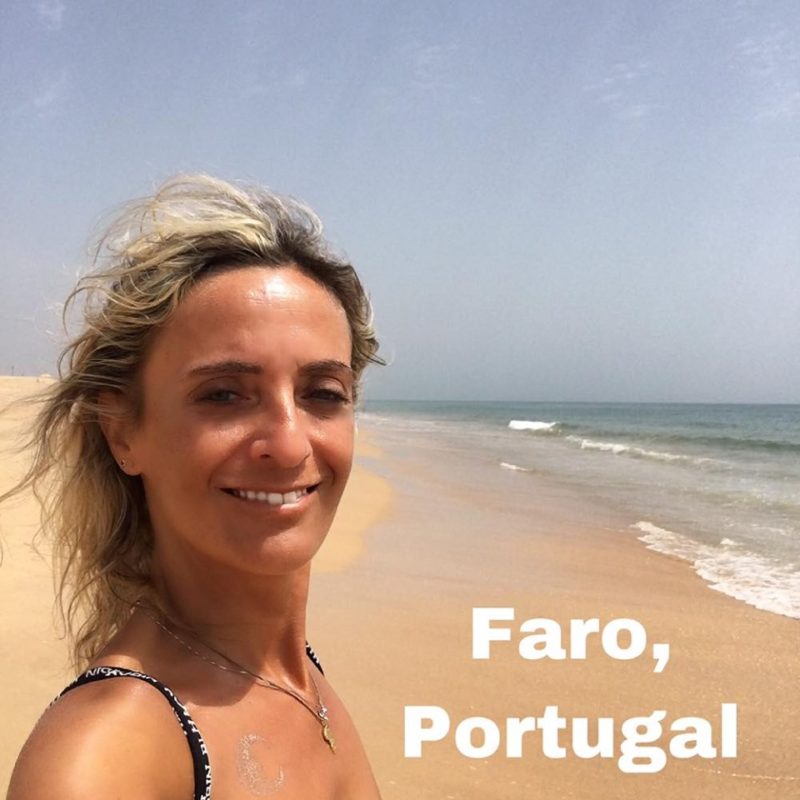
‘Praia de Faro’
I didn’t want to waste anything! My audacious faith made a miracle. Clouds disappeared and I was in this paradise admiring only the beauty of nature.
The ‘Praia de Faro’ is the best beach in Faro . It’s easily accessible from the city, via the regular bus service (It also serves the ‘Faro Airport’) for less than €2 and takes 15-20 minutes .
The soft sands of the Praia de Faro’ extend for 5km, along the entire sea facing side of the ‘Ilha de Faro’ (‘Faro Island’), while the rear of the island overlooks the lagoons and tidal mud flats of the above mentioned ‘Ria Formosa Lagoon’.
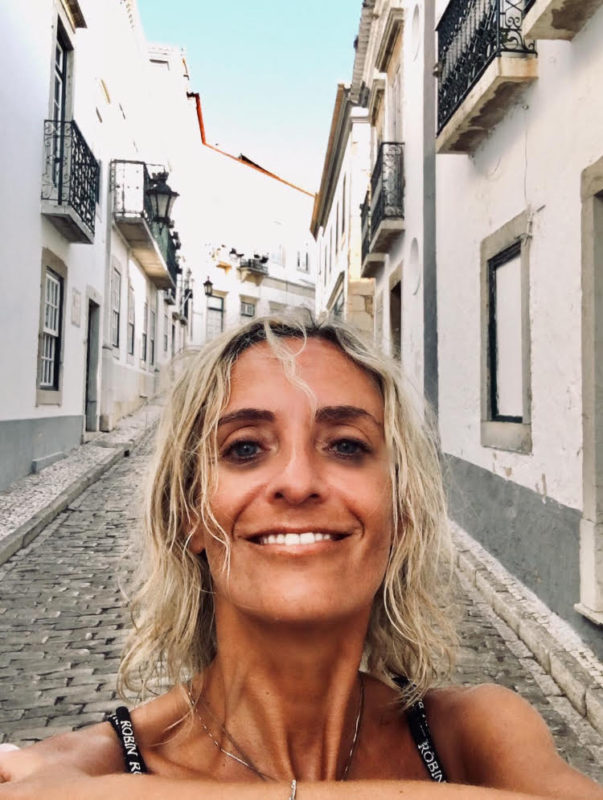
‘Cidade Velha’, the Old Town
Tthe Old Town of Faro is situated in the East of the City Center near the Marina, and it’ s one of the most popular things to visit. It’s encircled by medieval walls built over Roman foundations and contains :
- ‘Arco da Vila‘: This monumental archway is located in R. da Misericórdia 8, 8000-168. It was commissioned by Bishop Francisco Gomes de Avelar in the early 19th century. The project was carried out by Italian architect Francisco Xavier Fabri and inaugurated in 1812. On an inner niche, there is an Italian made statue of Saint Thomas of Aquinas. This was part of the old Muslim walls and represented the entranceway into the city for anyone arriving by sea. It is considered a unique example of Moorish architecture in Portugal taking into account both its high level of preservation and that it still remains in its place of origin;
- ‘Gothic Cathedral’: It’s located in Largo da Sé 11, 8000-138. It’s a Roman Catholic cathedral , and was consecrated in the name of the ‘Blessed Virgin Mary’ in the late 13th century by the Archbishop of Braga. It has been the seat of the ‘Diocese of Faro’ since 1540, replacing ‘Silves Cathedral’ on the orders of King John III of Portugal. In 1596 the church was destroyed by the Earl of Essex. The cathedral is a ‘National Monument of Portugal’.
- ‘Bishop’s Palace’ : The Episcopal Palace was built at the beginning of the 17th century . The 1755 earthquake caused some damage to the building and some work was redone in the Rococo style. Inside there is a collection of wonderful tiles, sculptures, and paintings.
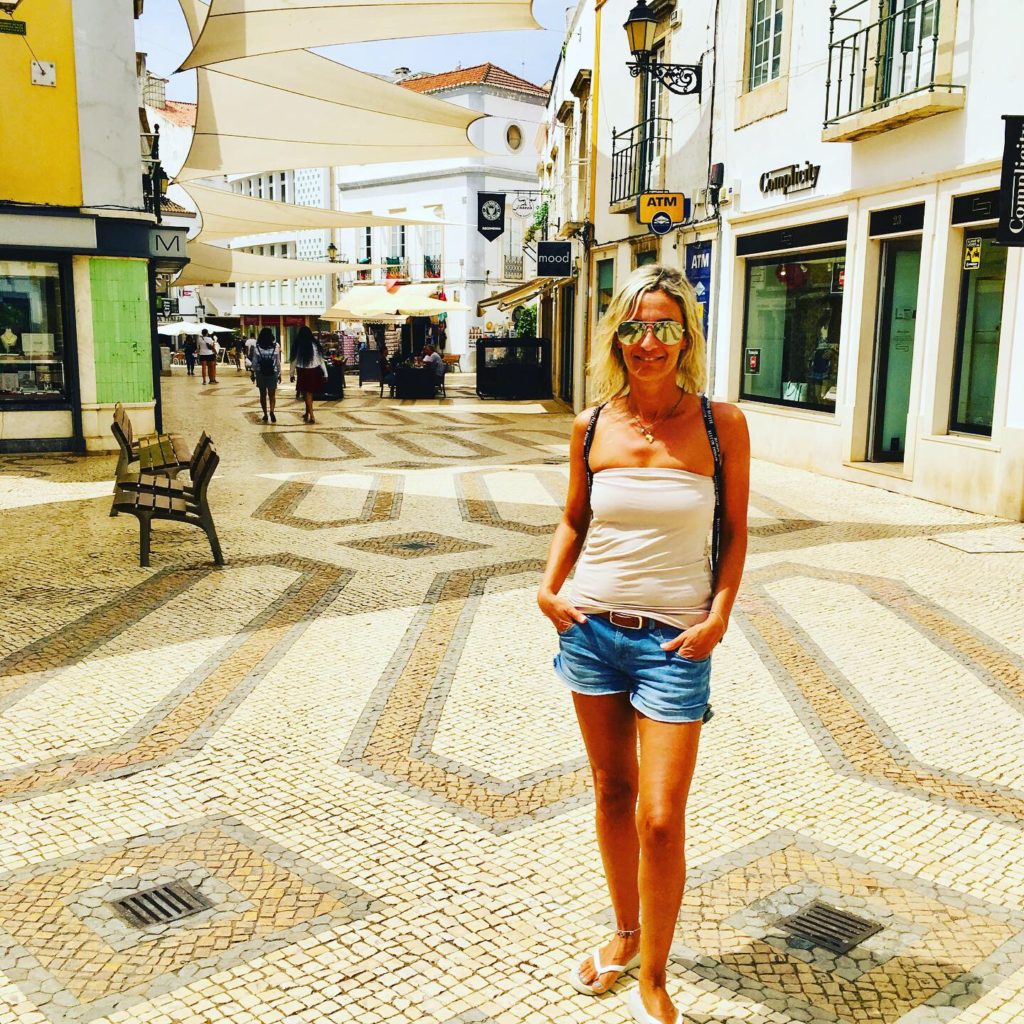
The shopping area of the Old Town
Outside the Old City Walls there is The City Center, which is walkable and many parts have been pedestrianised, although many of the narrow streets have equally narrow pavements. Along these streets you’ll find plenty of cafés, restaurants, shops and bars for hanging on.
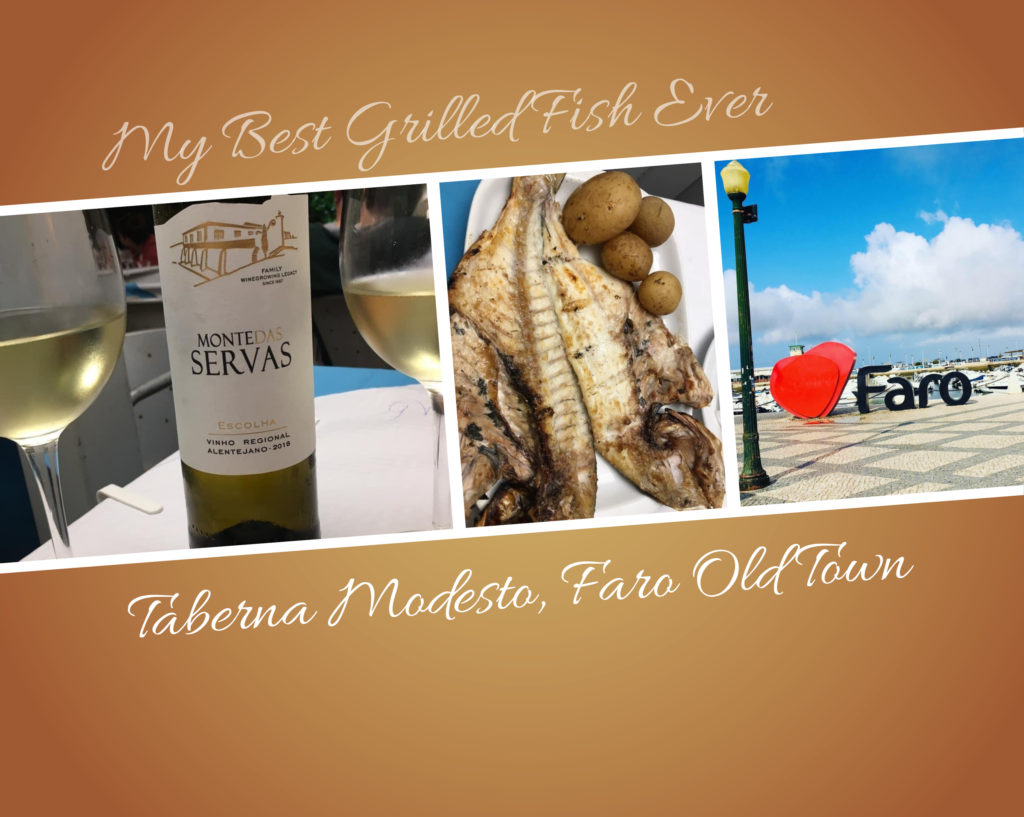
Dinner at ‘Taberna Modesto’
‘Taberna Modesto’is located in R. do Castelo 2, 8000-149 . It’s a very nice restaurant! Its position is gorgeous, because it’s in the heart of Old Town, where the ‘the Castle of Faro’ is . It’s very simple, but the atmosphere is relaxing and above all fish is amazing .
My dinner was: a grilled sea bass with olive oil, baked potato paired with a great local white wine . If you want to taste genuine food and want to be welcomed with a smile , don’t choose any other place for your dinner in the capital!
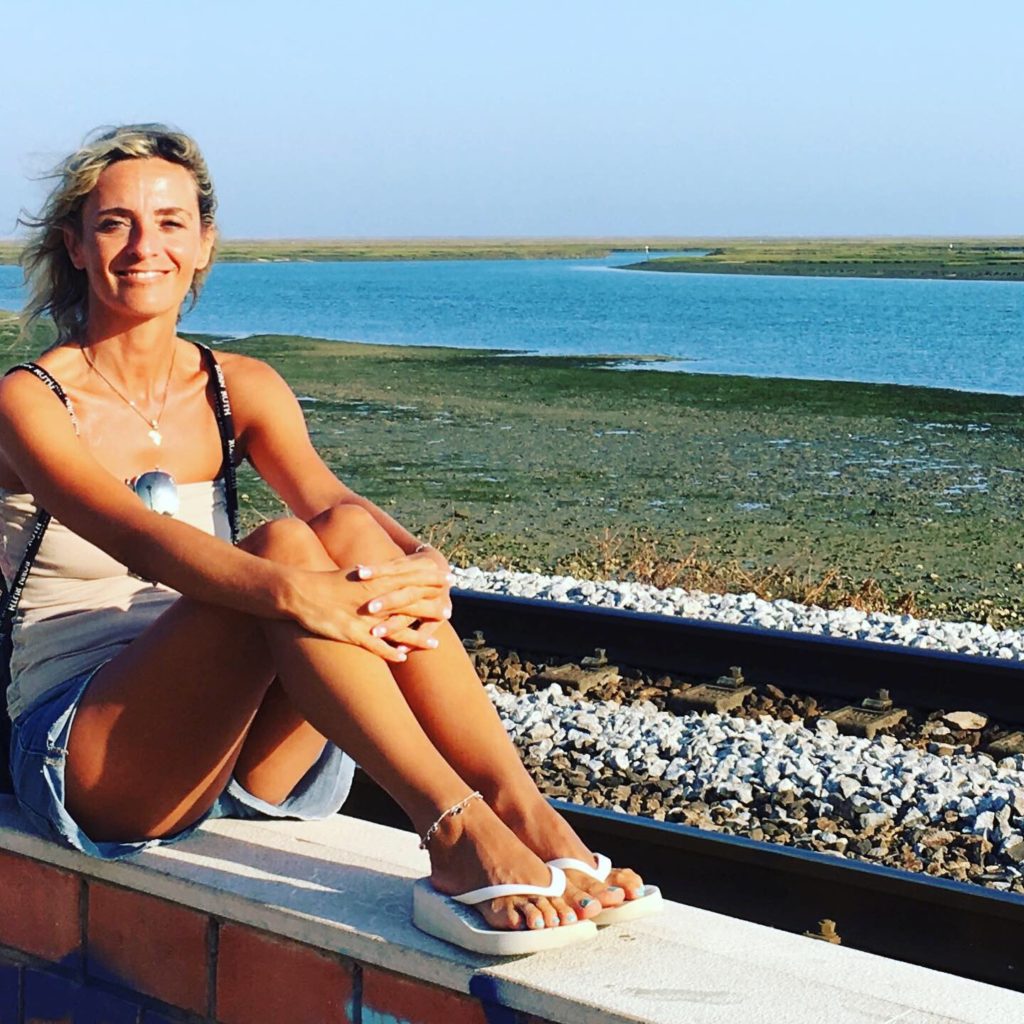
Bye Bye Faro, I’ll come soon again!
Faro is not free of tourists, but it’s definitely kept it’s character! What impresses me about Faro is its White Washed Houses, with geometrically decorated chimneys, and graffiti walls, a perfect background for a dramatic photo shoot!
Lastly, the Sunset View in Faro is Unforgettable. Need I say more? Only that after a half day relaxing on the rolling sand dunes, looking out on the Endless Sea and soaking up the Warm Sun, I could stay in Faro forever!
If you like my post, please subscribe to the socials of www.WeLoveitaly.eu :





